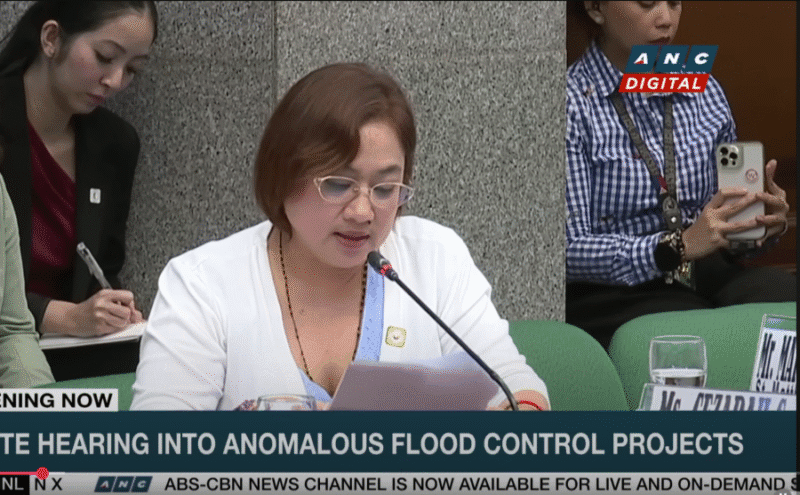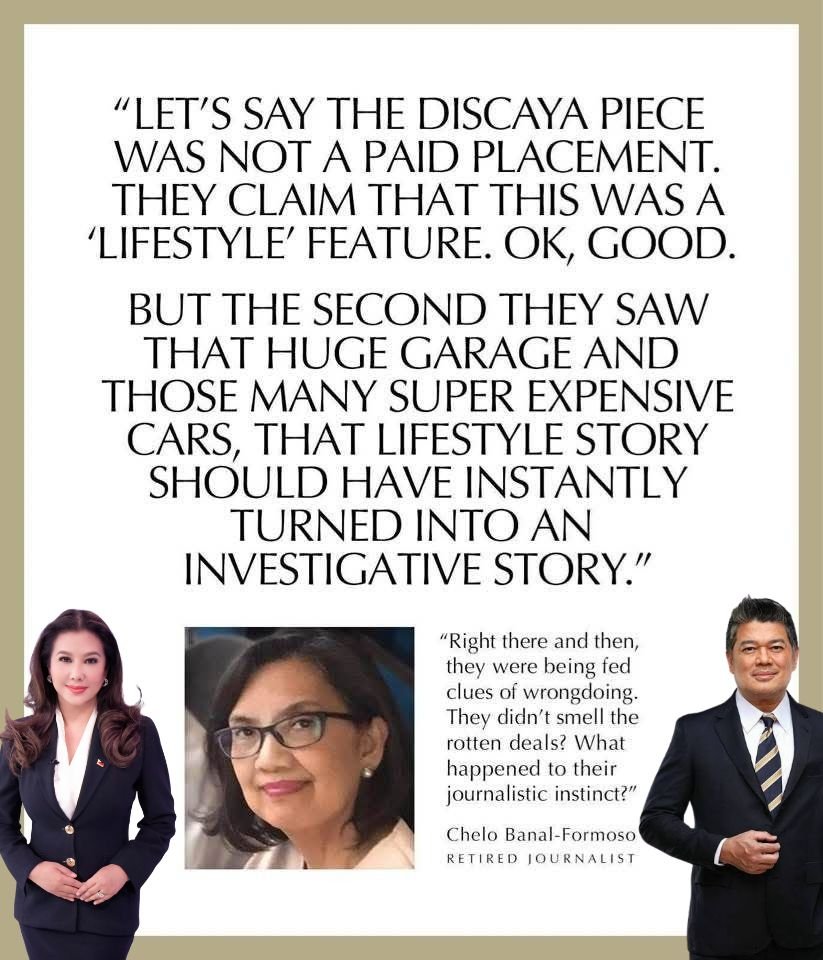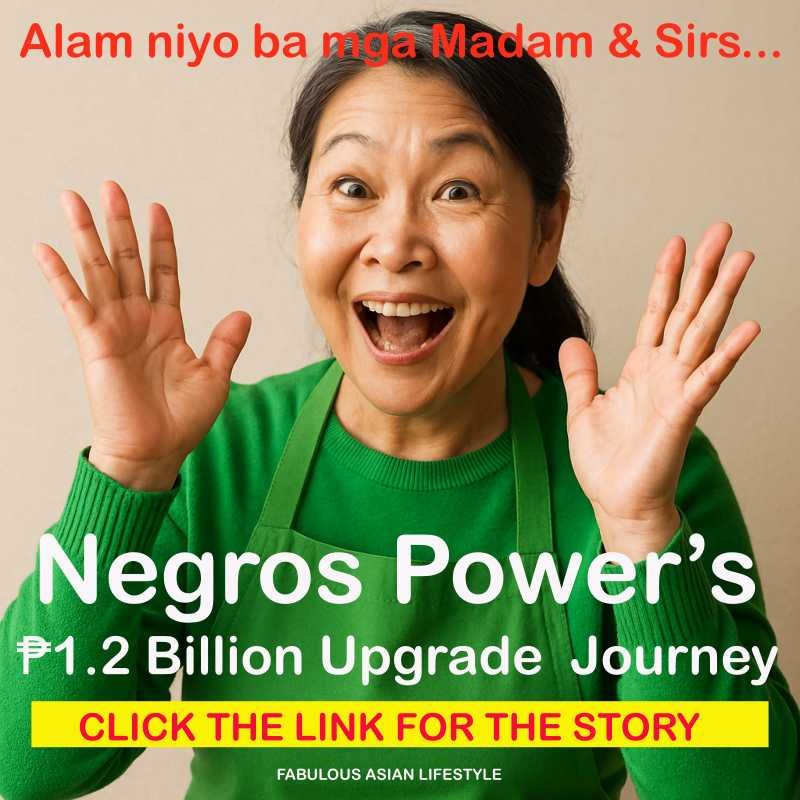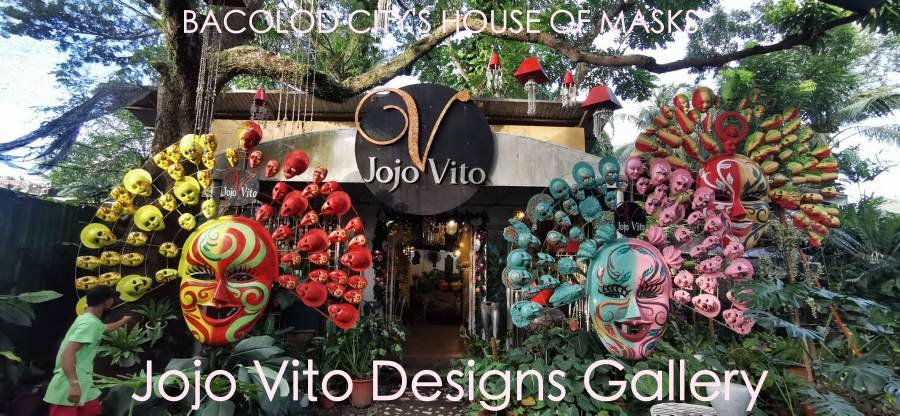Table of Contents
Community Engagement & Reputation Management: A Practical Guide
Community engagement and reputation management are critical components of modern business strategy. They not only help companies build lasting relationships with their audiences but also protect their brands from potential crises. This guide aims to define key concepts, explain strategic approaches, and provide real-world examples of how popular companies successfully manage these areas. This will serve as an essential reference for students seeking to understand how to foster brand trust and proactive communication.

What Is Community Engagement?
Community engagement is the ongoing process by which a company interacts with its customers, stakeholders, and the broader public to foster meaningful connections. It moves beyond transactional relationships to build loyalty, trust, and advocacy through two-way communication and collaboration.
Key Concepts:
- Active Listening: Paying close attention to audience feedback and concerns.
- Participation: Encouraging the community to be involved in brand-related events, discussions, or initiatives.
- Advocacy: Creating brand champions who positively promote the company.
Example: Nike
Nike actively engages its community through fitness challenges, social media campaigns (e.g., #JustDoIt), and local running clubs. This keeps the brand closely connected to its audience, generating loyal advocates.

Strategies for Proactive Audience Engagement and Advocacy
Proactive engagement means initiating communication and interaction before problems or disengagement occur. This builds goodwill and empowers audiences to become brand advocates.
Important Strategies:
- Content Personalization: Tailoring content to different audience segments.
- Influencer Partnerships: Collaborating with trusted voices in the community.
- Exclusive Access: Offering early or special access to products or events.
- User-generated Content: Encouraging followers to create and share content related to the brand.
Example: Starbucks
Starbucks frequently invites customers to share their stories or photos with the brand using hashtags and contests. They also run loyalty programs that reward consistent engagement, turning customers into brand advocates.
Crisis Communication: Digital and PR Response Planning
Crisis communication is a company’s strategy and action plan for addressing unexpected events that can harm its reputation. Effective crisis management protects the brand’s integrity and rebuilds trust.
Core Principles:
- Speed: Respond as quickly as possible to contain the situation.
- Transparency: Be honest and provide timely updates.
- Consistency: Maintain a unified message across all channels.
- Empathy: Show understanding of affected parties.
- Types of Crises:
- Product recalls
- Social media backlash
- Data breaches
- Negative news coverage
Example: Johnson & Johnson (Tylenol Crisis)
In response to a poisoning incident in the 1980s, Johnson & Johnson immediately pulled all Tylenol bottles off shelves and communicated openly with the public, prioritizing safety over profits. This response rebuilt customer trust fully.

Social Listening and Real-time Feedback Integration
Social listening involves monitoring digital conversations to understand what customers say about a brand, competitor, or industry. Real-time feedback integration uses these insights to adjust strategies quickly.
Benefits:
- Identifies trends and potential issues early.
- Helps tailor marketing and product development.
- Enhances customer support by addressing concerns promptly.
Tools Commonly Used:
- Brandwatch
- Hootsuite Insights
- Sprout Social
- Example: Netflix
Netflix uses social listening to track viewer feedback on shows and promptly adjust their marketing or make renewal decisions based on audience sentiment. For instance, fan campaigns helped save shows from cancellation.
Building and Managing Online Communities for Brand Trust
Online communities provide spaces for customers to interact with the brand and each other. They are essential for fostering brand loyalty and trust by creating a sense of belonging.
Key Components:
- Moderation: Ensuring respectful and constructive conversations.
- Value-adding Content: Sharing tutorials, exclusive news, or events.
- Gamification: Using rewards or badges to encourage active participation.
Example: Lego Ideas
Lego maintains an online community where fans submit and vote on new product ideas. This involvement deepens trust and excitement, directly influencing the company’s product strategy.

Workshop: Scenario Planning for Reputation Management
Scenario planning is a practical exercise to prepare a company for possible reputation challenges or crises. It involves predicting potential issues, creating response plans, and assigning roles.
Steps to Conduct Scenario Planning:
- Identify potential threats: Social backlash, product failure, and leadership scandal.
- Develop scenarios: Construct possible crises.
- Plan responses: Draft messages, identify spokespersons, and communication channels.
- Simulate drills: Conduct role-playing exercises or mock press conferences.
- Evaluate and update: Learn from drills and real events to improve plans regularly.
Example Exercise:
Imagine a popular food brand discovers contamination in one of its products. How should the company respond publicly and on social media? How can it quickly reassure consumers and maintain trust?
Conclusion
Mastering community engagement and reputation management is essential for today’s marketers and communicators. Proactively connecting with audiences, timely and transparent crisis handling, leveraging social listening, and nurturing online communities build a resilient brand that customers trust and advocate for. Using scenario planning, companies can stay prepared for challenges and protect their reputations effectively.

References
- Nike Community Engagement https://www.nike.com/
- Starbucks Loyalty Programs and Social Campaigns https://www.starbucks.com/
- Johnson & Johnson Tylenol Crisis Case Study https://www.jnj.com/
- Netflix Social Listening Strategy https://www.netflix.com/
- Lego Ideas Online Community https://ideas.lego.com/
- Crisis Communication Best Practices https://www.prsa.org/
- Social Listening Tools Overview https://sproutsocial.com/
- Scenario Planning in Reputation Management https://hbr.org/
More Stories
- Negros Power’s ₱1.2B Upgrade After Taking Over CENECO
- foodpanda PRO Weeks: Up to 50% Off Top Brands Across the Philippines
- BenCab Museum: Where Art, Nature, and Filipino Heritage Unite
- GAMOT | Up To 20K Worth of Medicines Per Year, Free | PhilHealth
- Surgical Mission | Healing in Negros Power’s Anniversary Celebration
- Low Electricity Rate Hike Despite Rising Generation Costs | Negros Power
- Entrepreneurial Processes, Distinctions, Educational Foundations | Entrepreneurship
- Go Hotels Plus Leads: Bacolod’s Budget Travel Elevated



